Ceramics Vs Pottery: Latest Analytical Exploration 2024
Time of issue: 2024-01-12 14:54:16- Key Takeaways
- What are ceramics?
- Types Of ceramics :
- Ceramics Techniques and Ideas
- What is pottery?
- Types Of pottery
- Pottery Techniques and Ideas:
- What are the main difference Between Ceramics vs Pottery
- Historical Differences Between Ceramics and Pottery
- How do Ceramics and Pottery Differ in Firing Techniques?
- What is the Difference in Durability Between Ceramics Vs Pottery
- How do Ceramics and Pottery Differ in Modern Applications?
- What is the difference in the production of pottery Vs ceramics?
- What is the difference in the use of pottery Vs ceramics?
- What is the difference in texture between pottery Vs ceramics?
- Ceramics vs Pottery - Unpacking Historical and Traditional Importance
- Future Prospects for Ceramics and Pottery in 2024
- Ceramics vs. Pottery: Which to Choose?
- Conclusion
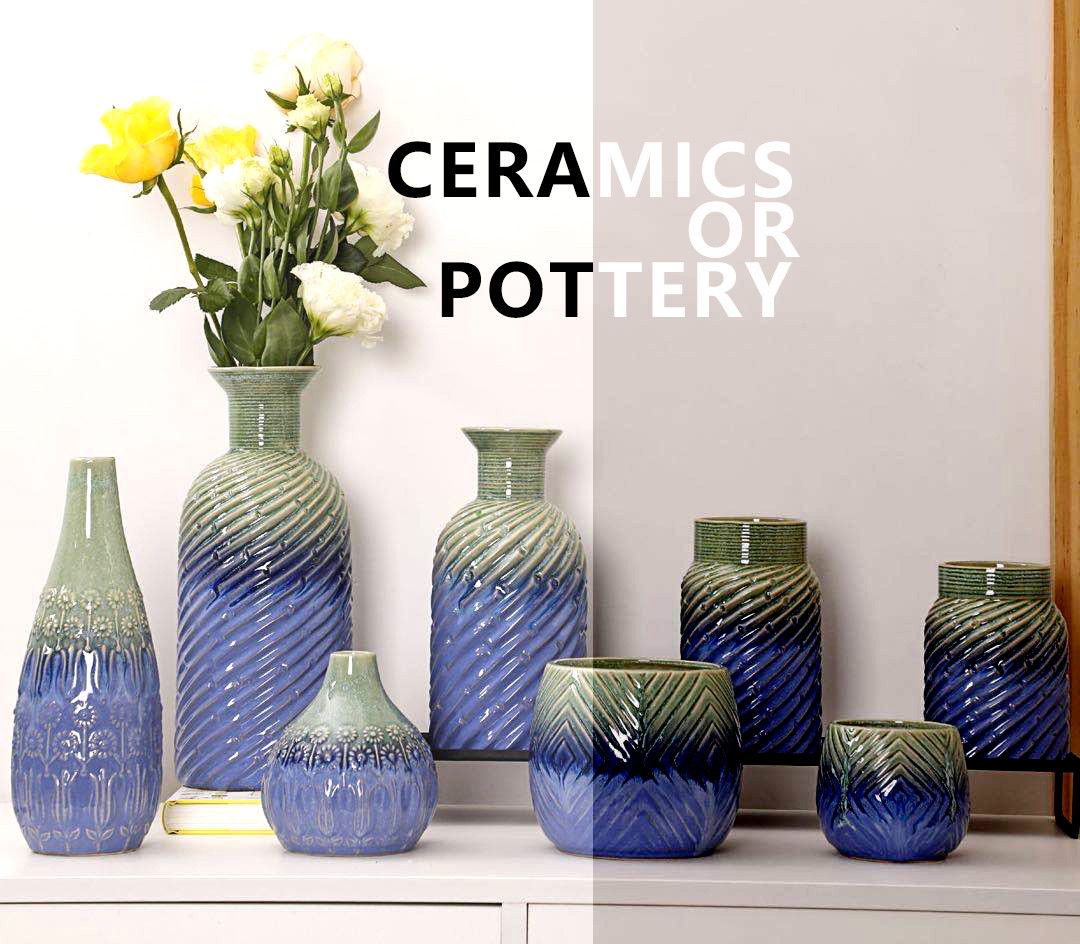
At Global Reach Ceramic, we're thrilled to present our latest analytical exploration of Ceramics Vs Pottery in 2024.
When you compare Ceramics Vs Pottery ,From DMSE research both rooted in clay craftsmanship, have unique roles in modern applications. Ceramics, with hardened clay for durability, find use in aerospace and electronics. Meanwhile, pottery, emphasizing function and decoration, has a historical legacy in various applications.
With our expertise and passion for this art form, we aim to delve into the intricate differences between ceramics and pottery, shedding light on their diverse techniques, materials, and applications.
Join us on this captivating journey as we demystify these age-old crafts and offer insight into their evolution over time. Whether you're an avid collector, curious artist, or simply intrigued, this exploration is for you.
Key Takeaways
| Ceramics are durable materials created through shaping and firing non-metallic minerals. |
| Pottery refers to clay vessels like mugs, vases, and serving bowls, combining functionality with artistic expression. |
| There are different types of ceramics, including earthenware, stoneware, and porcelain, each with its own characteristics and uses. |
| Techniques in ceramics and pottery, such as throwing on a wheel, trimming, bisque firing, and glazing, offer various possibilities for creating forms and structures. |
What are ceramics?
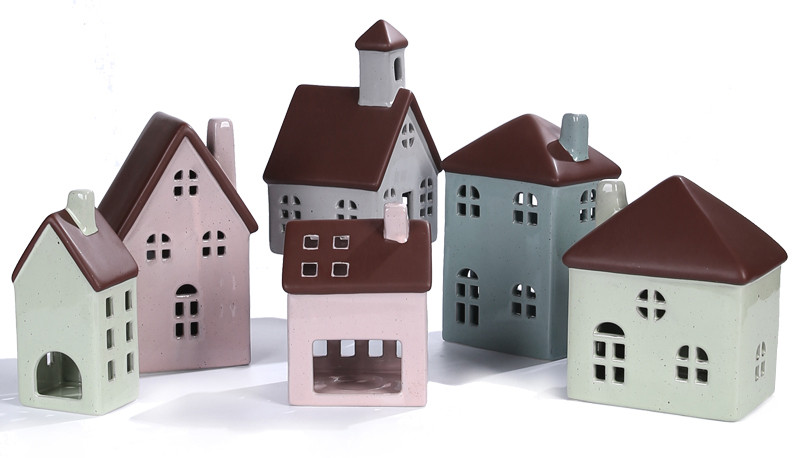
Ceramics are known for their durability and ability to withstand high temperatures. They are created through the process of molding and heating non-metallic minerals such as clay. These durable materials have stood the test of time, providing support for various societies throughout history and in present times.
Ceramics are widely utilized in various industries such as construction, electronics, and healthcare due to their exceptional properties including thermal insulation, electrical conductivity, and chemical resistance. Their wide range of uses makes them absolutely essential.
From Grand view research In 2021, the market size of global pottery ceramics reached USD 10.72 billion and is anticipated to witness a compound annual growth rate (CAGR) of 3.8% from 2022 to 2030.
Types Of ceramics :
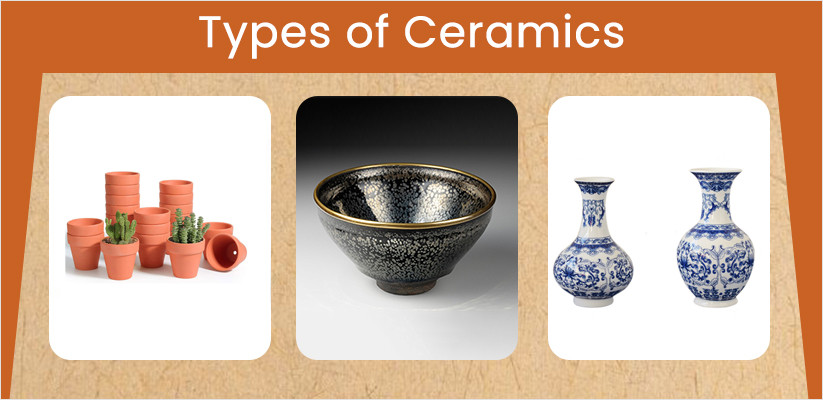
When exploring the types of ceramics, it is important to understand the distinct characteristics and processes associated with each category. Pottery, for instance, encompasses clay vessels such as mugs, vases, and serving bowls. It is known for its unique firing process and the presence of impurities.
On the other hand, stoneware stands out for its vitrification process, resulting in non-porosity and a wide range of clay types. Lastly, porcelain is recognized for its delicate nature and fine china composition, achieved through a specific firing process.
Earthenware: Characteristics, firing process, and impurities
Delving into the world of earthenware unveils its unique porous nature, rendering it less durable but allowing for vibrant and decorative designs. Fired at lower temperatures (1,000 to 1,150 degrees Celsius), earthenware absorbs glazes and colors, creating visually appealing pieces.
Despite its susceptibility to breakage, earthenware's charm lies in its distinctive firing process and the impurities like iron and manganese that influence its color palette.
Stoneware: Vitrification, non-porosity, and diversity of clay types
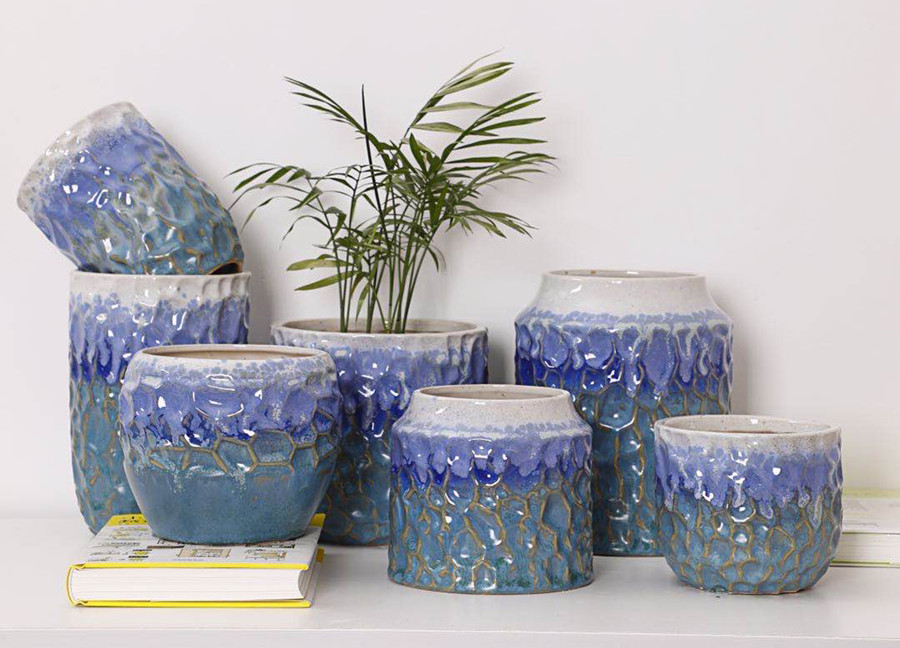
Stoneware, a distinct type of ceramics, charms with its vitrification process, resulting in a dense, non-porous material. Fired at higher temperatures than earthenware, stoneware exhibits durability and resistance to water absorption.
The diversity of clay types ball clay, porcelain clay, and fire clay?offers artists a broad spectrum for crafting objects with varied colors, textures, and strengths. Stoneware stands as a testament to the fusion of artistry and functionality.
Porcelain: Delicate fine china, composition, and firing process
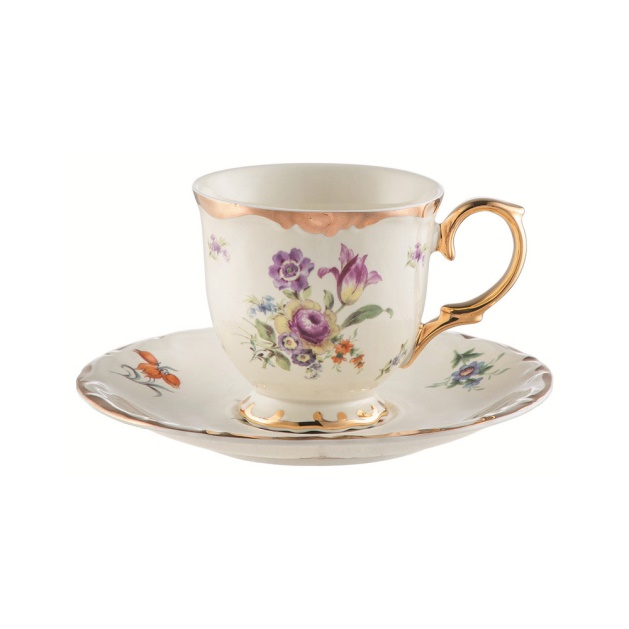
Porcelain, renowned for its delicate appearance, unveils its intricate composition and precise firing process. Comprising kaolin, feldspar, and quartz, porcelain achieves strength, durability, and heat resistance.
Fired at temperatures ranging from 1,200 to 1,450 degrees Celsius, the clay particles vitrify, resulting in a glass-like, non-porous surface. The culmination is a piece of fine china visually stunning, practical, and crafted with meticulous precision.
Ceramics Techniques and Ideas
When exploring ceramics techniques and ideas, there are several methods that can be utilized to shape and form clay. One such method is hand building, where clay is molded and shaped solely by hand. Another technique is pinching, which involves using pinching motions to shape the clay.
Additionally, the slab and coil method utilizes pre-made strips or slabs of clay to create desired shapes, while slip casting involves creating designs with liquid clay in molds. These various techniques offer artists and artisans a wide range of options for expressing their creativity and bringing their ceramic ideas to life.
What is pottery?
Pottery is the art and craft of creating functional objects, such as bowls and vases, out of clay through the processes of shaping, firing, and glazing. It is a time-honored tradition that has been practiced by civilizations throughout history. The use of clay as a medium for creating pottery can be traced back thousands of years, and it continues to be a popular form of artistic expression today.
Types Of pottery
There are various types of pottery that fall under the broad category of ceramics. Pottery refers to objects made from clay that are shaped and fired at high temperatures. Examples of pottery include figurines, fine art pieces, and traditional as well as modern ceramics.
Pottery is known for its durability and resistance to high temperatures and pressure, making it a versatile material for a wide range of applications.
Pottery as clay vessels (mugs, vases, serving bowls)
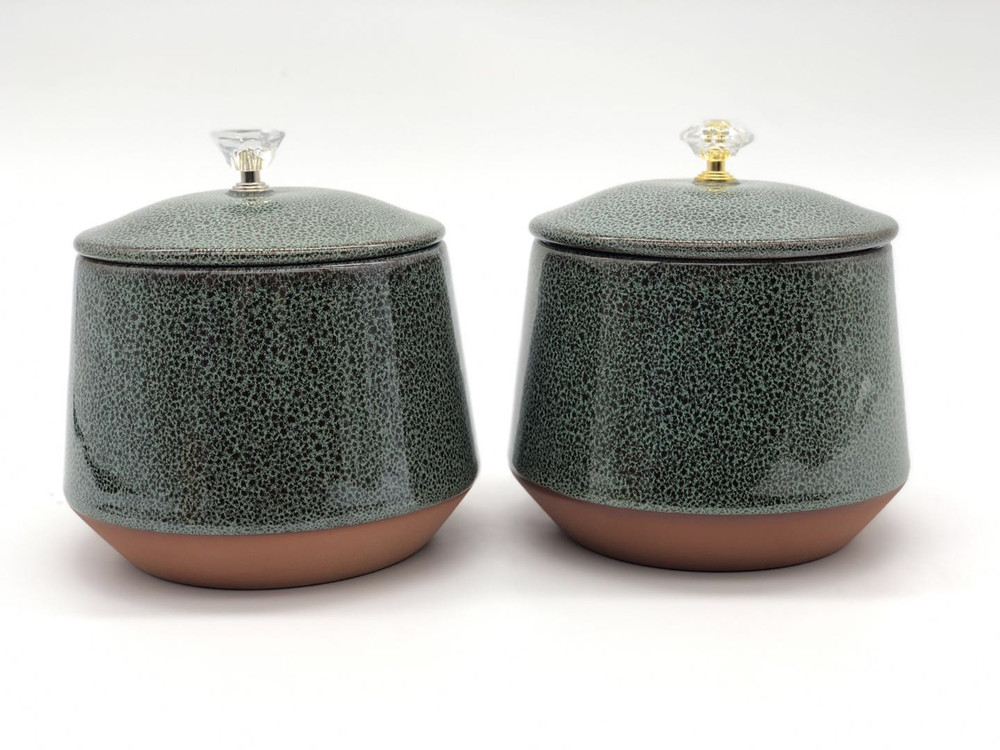
Pottery includes clay vessels such as mugs, vases, and serving bowls. These objects are created through a process of shaping and firing clay at high temperatures. Pottery has a long history, dating back thousands of years, and has been used by various cultures for both practical and artistic purposes.
The use of pottery as vessels for containing liquids and food has been essential for human survival and has played a significant role in the development of civilizations.
Broad term for nonmetallic and inorganic materials
As we delve into the broad term for nonmetallic and inorganic materials, let us further explore the diverse types of pottery available and their unique qualities. Pottery is a versatile form of ceramic art that has been practiced for centuries. It encompasses a wide range of materials, techniques, and styles, making it a rich and varied craft. Earthenware, stoneware, and porcelain are the three main categories of pottery.
Durability, resistance to high temperatures and pressure:
Different types of pottery exhibit varying levels of durability and resistance to high temperatures and pressure, influencing their applications. Stoneware, known for strength, is used for durable dinnerware and baking dishes. Porcelain, exceptionally strong and heat-resistant, finds application in oven-safe cookware.
Earthenware, while less robust, is suitable for decorative items and tableware. Terracotta, with its natural color, withstands high temperatures for flower pots, tiles, and sculptures. Raku pottery, despite lower durability, is valued for its crackled glaze and artistic appeal due to its vulnerability to thermal shock.
Pottery Techniques and Ideas:
When it comes to pottery techniques, there are several key steps involved in creating a piece. First, throwing is the process of shaping the clay on a wheel, allowing the artist to form the desired shape. After the initial shaping, trimming is done to refine and perfect the piece.
Once the clay has dried, it undergoes bisque firing to strengthen it in the kiln. The next step is glazing, where the artist paints and decorates the piece. Finally, glaze firing is done to achieve a durable and less porous surface.
What are the main difference Between Ceramics vs Pottery
When comparing ceramics vs pottery, it is important to understand the historical differences between the two.
Ceramics encompass hardened clay objects, while pottery specifically denotes fired clay shaped into vessels. Ceramics endure higher, longer firing for durability, while pottery focuses on vessels. Modernly, ceramics span industries like aerospace and electronics, while pottery remains linked to functional and decorative items.
Overall, the production processes and intended uses of ceramics and pottery distinguish the two in terms of their historical context, firing techniques, durability, and modern applications.
Historical Differences Between Ceramics and Pottery
At Global Reach Ceramic, we have delved into the historical differences between ceramics and pottery, recognizing the distinct characteristics each possesses. Here are five key differences that have shaped the evolution of these art forms:
| Characteristics | Ceramics | Pottery |
| Origins | Evolved over thousands of years; found in ancient civilizations like China and Greece | Emerged later as a subset of ceramics |
| Purpose | Broad artistic expressions including sculptures, tiles, and decorative objects | Primarily utilitarian, serving practical purposes like storing food or serving meals |
| Materials | Involves a wider variety of materials such as clay, glass, and porcelain | Primarily relies on clay and fired at lower temperatures compared to ceramics |
| Techniques | Involves complex techniques like glazing, high-temperature firing, and intricate surface decorations | Tends to use simpler techniques like wheel throwing or hand building |
| Perception | Often associated with fine art, valued for aesthetic appeal and artistic expression | Seen as more functional and practical for everyday needs |
Understanding the historical differences between ceramics and pottery allows us to appreciate the unique qualities and contributions of each in the world of art and craftsmanship.
How do Ceramics and Pottery Differ in Firing Techniques?
In our exploration of the differences between ceramics and pottery, let us delve into their distinct firing techniques. Firing is a crucial step in the production of both ceramics and pottery, as it transforms the raw materials into durable and functional objects. However, the firing techniques employed in ceramics and pottery differ significantly.
Ceramics undergo high-temperature firing, often surpassing 1,200 degrees Celsius, ensuring complete vitrification and yielding a dense, non-porous material. This firing process involves oxidation or reduction techniques: oxidation introduces oxygen into the kiln, while reduction limits oxygen, creating distinct color variations and surface effects.
In contrast, pottery undergoes lower-temperature firing, typically ranging from 600 to 1,100 degrees Celsius. This lower heat results in a more porous material, ideal for functional items like plates and bowls. Pottery firing techniques vary among earthenware, stoneware, and porcelain: earthenware, fired at the lowest temperature, retains its porous nature; stoneware, fired at higher temperatures, produces denser, more durable pieces; porcelain, fired at the highest temperature, creates delicate, translucent items.
What is the Difference in Durability Between Ceramics Vs Pottery
Our analysis reveals significant differences in durability between ceramics and pottery. While both ceramics and pottery are made from clay and fired at high temperatures, there are distinct variations in their endurance and strength. Here are the key differences to consider:
| Characteristics | Ceramics | Pottery |
| Composition | Typically made from refined clay mixture with silica, feldspar, and alumina | Often made from less refined clay, resulting in a less durable final product |
| Firing temperature | Fired at higher temperatures, resulting in a denser and more durable material | Fired at lower temperatures compared to ceramics |
| Porosity | Lower porosity, less susceptible to water absorption, more resistant to cracking | Higher porosity, more susceptible to water absorption, potentially more prone to cracking |
| Surface hardness | Harder surface, more resistant to scratches and wear | Less hard surface compared to ceramics |
| Strength | Generally stronger and more impact-resistant | Less strong and more prone to impact compared to ceramics |
These differences in durability make ceramics a preferred choice for functional objects like dinnerware and tiles, while pottery is commonly used for decorative purposes.
How do Ceramics and Pottery Differ in Modern Applications?
From our analysis of ceramics vs pottery, it is evident that there are significant differences in their modern applications. Ceramics, with their superior strength and durability, have found extensive use in industries such as aerospace, automotive, and electronics.
Their ability to withstand high temperatures and resist corrosion makes them ideal for manufacturing components like engine parts, insulators, and circuit boards. On the other hand, pottery, with its focus on aesthetics and craftsmanship, is primarily used in the creation of decorative and functional items for everyday use.
It is commonly seen in the form of dinnerware, vases, and sculptures, adding beauty and artistic value to our homes and lives.
What is the difference in the production of pottery Vs ceramics?
Moving forward, let's delve into the main difference between the production of ceramics and pottery, highlighting their distinct manufacturing processes and techniques.
- Raw Materials: Ceramics are made from non-metallic inorganic materials, such as clay, while pottery is made from clay mixed with other materials like sand and minerals.
- Firing Temperature: Ceramics are fired at high temperatures, typically above 1200 degrees Celsius, resulting in a durable and strong finished product. Pottery, on the other hand, is fired at lower temperatures, usually around 900 degrees Celsius, which gives it a more porous and fragile nature.
- Techniques: Ceramics involve more complex techniques, such as slip casting, jiggering, and extrusion, to create intricate shapes and designs. Pottery, on the other hand, relies on simpler techniques like wheel throwing and hand building.
- Purpose: Ceramics are often used for functional purposes, such as kitchenware and bathroom fixtures, due to their durability and resistance to heat and chemicals. Pottery, on the other hand, is often used for decorative purposes, such as vases and sculptures.
- Glazing: Ceramics are commonly glazed to enhance their appearance and provide a protective layer, while pottery may or may not be glazed, depending on the desired aesthetic and functionality.
What is the difference in the use of pottery Vs ceramics?
When it comes to the use of ceramics vs pottery, there are distinct differences that can be observed. Ceramics are often used for functional and decorative purposes due to their durability and versatility. They are commonly found in household items such as dishes, tiles, and bathroom fixtures. Additionally, ceramics are widely used in industries such as aerospace, electronics, and medicine due to their heat resistance and electrical conductivity.
On the other hand, pottery refers specifically to objects made from clay that have been fired at a lower temperature. Pottery is primarily used for practical purposes such as cooking vessels, storage containers, and plant pots. It is often characterized by its earthy colors and rustic appearance.
While both ceramics and pottery involve the use of clay and firing processes, ceramics have a broader range of applications and are often more refined in their appearance. Pottery, on the other hand, has a more traditional and utilitarian focus.
What is the difference in texture between pottery Vs ceramics?
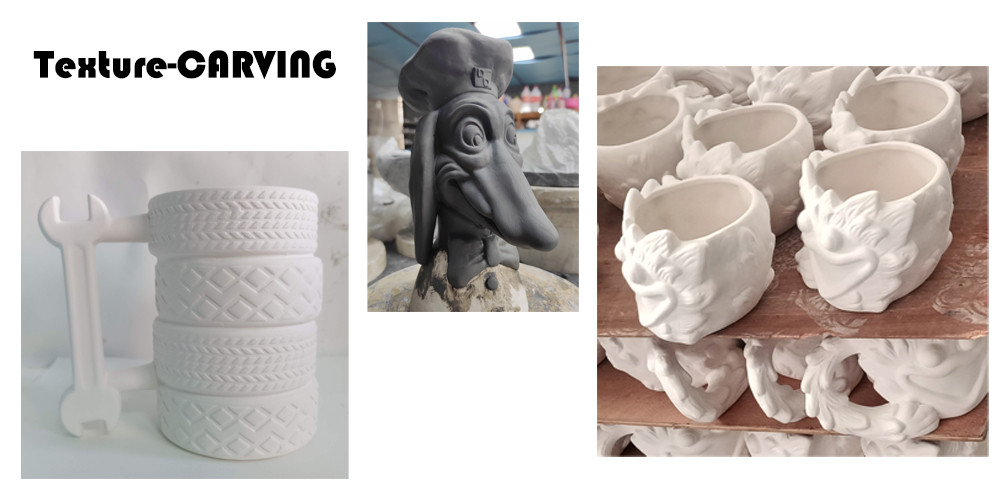
The texture of ceramics and pottery differs significantly in terms of their tactile qualities and visual appearance. When it comes to ceramics, the texture is often smooth and polished, giving it a sleek and refined feel. On the other hand, pottery tends to have a more rustic and earthy texture, with variations in the surface that add character and depth. Here are five key differences in texture between ceramics and pottery:
| Texture Differences | Ceramics | Pottery |
| Finish | Often glossy | May have matte or semi-matte textures |
| Surface Smoothness | Glass-like smoothness | Rougher, textured surface |
| Patterns and Designs | Intricate patterns and designs | Organic, handcrafted textures |
| Texture Consistency | Uniform and consistent texture | Variations and imperfections add uniqueness |
| Tactile Sensation | Cool and hard to the touch | Warm and inviting due to natural clay composition |
These differences in texture allow individuals to choose between ceramics and pottery based on their personal preferences and desired aesthetic.
Ceramics vs Pottery - Unpacking Historical and Traditional Importance

Ceramics and pottery, rooted in functionality for centuries, have been integral parts of various cultures, serving as cooking utensils, storage vessels, and tableware. Beyond their practicality, these art forms have acted as living records, showcasing intricate designs that offer windows into past civilizations, revealing beliefs, rituals, and daily life.
Moreover, they've transcended borders, facilitating trade and cultural exchange, inspiring fresh techniques, styles, and traditions across the globe. The communal aspect of their production has united communities, passing down skills and wisdom through generations, preserving cultural identities, and fostering strong social bonds. Today, these crafts continue to hold immense artistic value, enabling individuals to not only connect with their heritage but also express unique narratives that reflect personal experiences.
Ceramics and pottery stand as enduring storytellers, weaving a tapestry of history, culture, and artistic expression that transcends time and resonates across diverse communities worldwide.
Future Prospects for Ceramics and Pottery in 2024
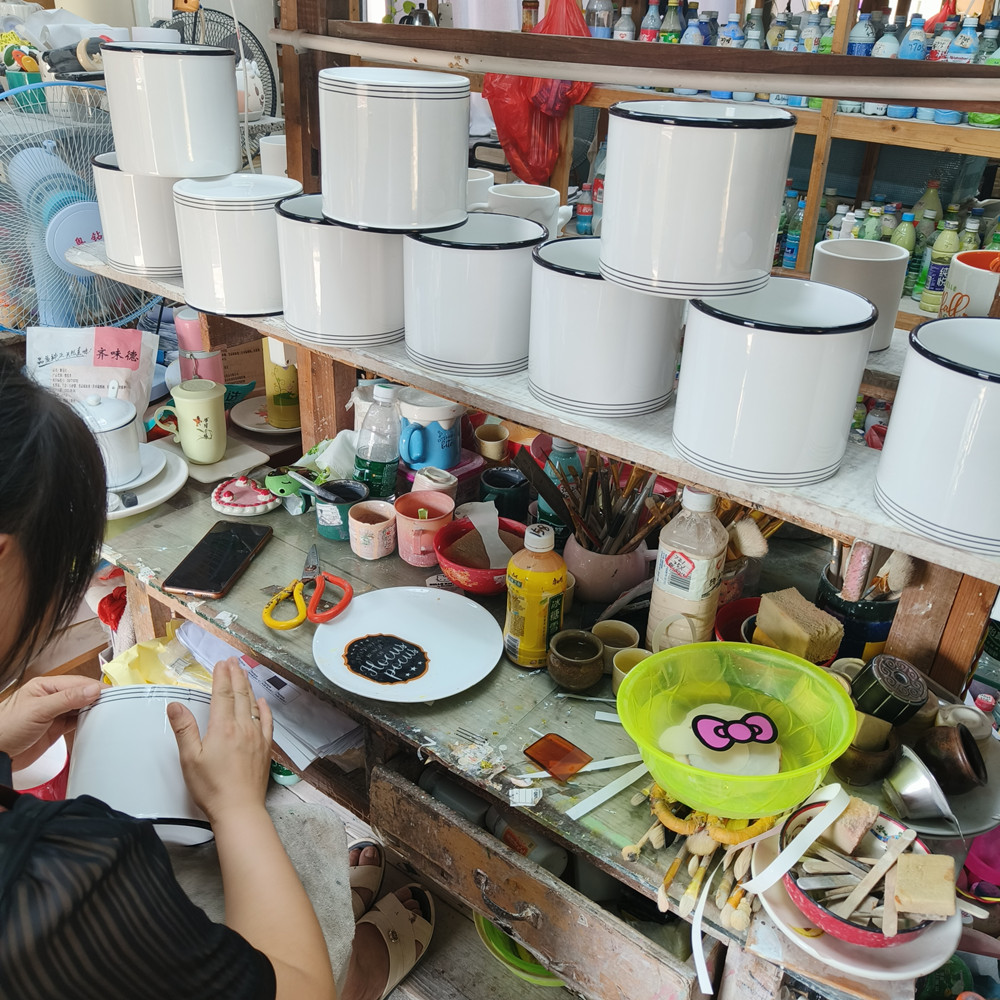
As we look ahead to 2024, the future prospects for ceramics and pottery are filled with promising opportunities for growth and innovation. The demand for ceramics and pottery is expected to increase in the coming years due to various factors.
Firstly, there is a growing interest in handmade and artisanal products, which has led to a resurgence in the popularity of ceramics and pottery. Consumers are increasingly seeking unique, one-of-a-kind pieces that reflect their individuality and style.
Additionally, the emphasis on sustainability and eco-friendly practices has also contributed to the rise in popularity of ceramics and pottery, as these crafts are often associated with natural materials and low environmental impact.
Moreover, advancements in technology have opened up new possibilities for ceramics and pottery. Innovations in materials and techniques have allowed for the creation of more durable and versatile products.
Ceramics vs. Pottery: Which to Choose?
Let's delve into the comparison between ceramics vs pottery to determine which option best suits your needs. When making a decision between ceramics and pottery, there are several factors to consider:
- Materials: Ceramics are made from inorganic, nonmetallic materials such as clay, while pottery refers specifically to objects made from clay. Ceramics can also include materials like glass and cement.
- Production process: Ceramics are typically produced using high temperatures and complex techniques such as glazing and firing. Pottery, on the other hand, often involves simpler techniques like shaping and firing clay.
- Durability: Ceramics are known for their strength and durability, making them suitable for a wide range of applications, including construction and industrial use. Pottery, while still durable, is often more delicate and used for decorative or functional purposes.
- Aesthetics: Ceramics offer a wider range of design possibilities due to the variety of materials and techniques used. Pottery, on the other hand, has a more rustic and traditional appeal.
- Cost: Ceramics can be more expensive due to the higher production costs and the use of specialized techniques. Pottery, being simpler in production, is often more affordable.
Considering these factors, it is important to evaluate your specific needs and preferences to determine whether ceramics or pottery is the better choice for you.
Conclusion
In conclusion, our exploration of ceramics vs pottery has revealed the intricate differences and shared histories of these art forms. From the various types and techniques used in ceramics and pottery, to their historical significance and future prospects, we have uncovered a world of creativity and innovation.
So, when faced with the choice between ceramics and pottery, one must ask themselves: which medium will best capture and express their artistic vision?
RECENT POSTS
- The Impact of Ceramic Materials in Energy-Efficient Buildings: Benefits and Applications
2025-12-04
- Top 7 Ceramic Cookware Health Benefits: Why It’s a Safer Choice for Your Kitchen
2025-12-04
- How to Clean Ceramic Planters and Improve Their Lifespan?
2025-11-17
- 15 Best Ceramic Holiday Gift Ideas for 2025: Thoughtful, Elegant & Heartfelt
2025-11-17
- Stoneware vs Porcelain vs Earthenware: Quick Decision Guide
2025-10-09
- Are Ceramic Glazes Food Safe? The Truth Behind the Shine
2025-10-09
- Christmas Decoration Trends That Wow Every Guest
2025-09-18
- Halloween Decoration Trending Ideas with Ceramics For 2025-26
2025-09-18










